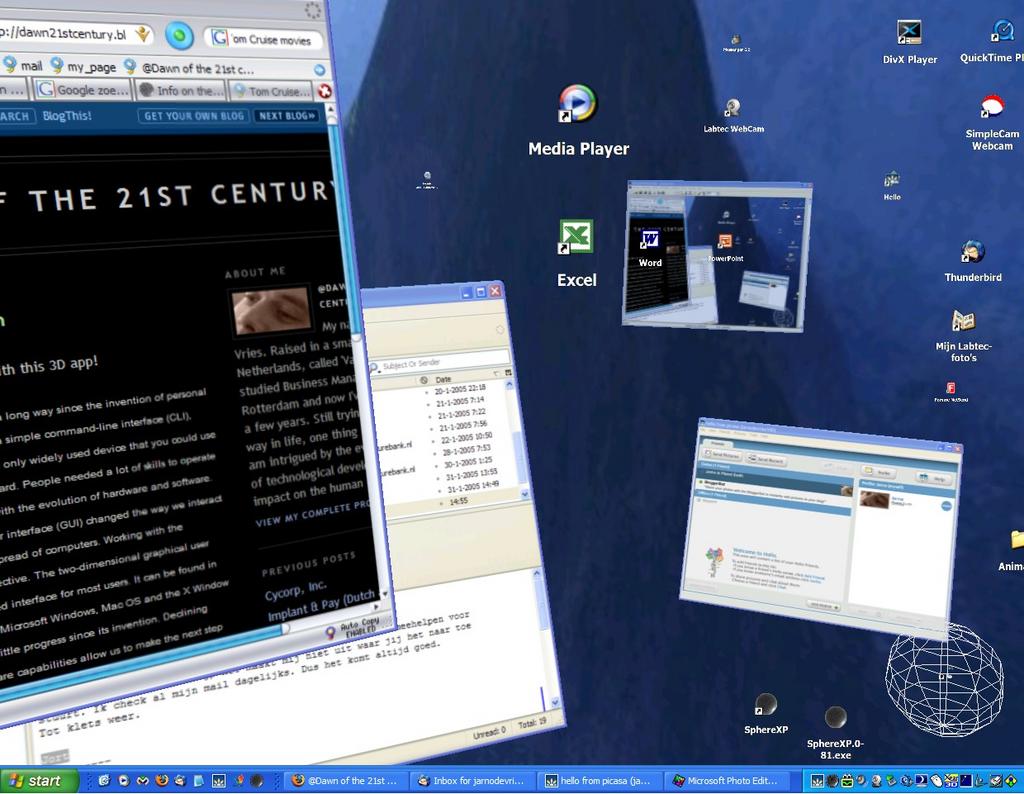Atoms in motion
May 5, 1880. A reporter from the San Francisco Call nearly went nuts when seeing Eadweard Muybridge's latest invention: the zoopraxiscope (watch video above).
'After two years deconstructing the movement of animals with his pioneering freeze-frame photographic sequences, he was now able to reconstruct that motion to make a life-size horse trot across a big screen' - [read more here]
Back then it was amazing to see 'real life'-motion on a screen. I mean, wow, what's next. Well, better screens, and color, and higher-definition and faster motion etcetera. The ability to capture nature's movement on a screen, that's what it is all about. But since many things in nature are much smaller than the eye can meet, mankind came up with microscopes. So we can zoom in, and see what's going on. Up to now however, we haven't been able to build a microscope powerful enough to capture the movements of individual atoms...
And there we go: Now Ahmed Zewail, a chemist at the California Institute of Technology in Pasadena, has developed a way to do just that. Zewail's research team can generate movies showing the picosecond (millionths of a millionth of a second) motion of atoms.
John Thomas, at the University of Cambridge, UK, recently described it as a "revolutionary" advance that will change physics, biology, and material science. Check out the article here.





4 Comments:
ugg,ugg australia,ugg italia, karen millen uk, hollister, pandora jewelry, thomas sabo uk, ugg,uggs,uggs canada, canada goose jackets, pandora uk, canada goose uk, canada goose, canada goose pas cher, ugg uk, sac louis vuitton, canada goose, swarovski uk, swarovski jewelry, canada goose outlet, ray ban, replica watches, louis vuitton, louis vuitton, moncler, canada goose jackets, moncler jackets, pandora jewelry, links of london uk, marc jacobs, barbour jackets uk, moncler outlet, converse shoes outlet, canada goose outlet, coach outlet, ugg pas cher, juicy couture outlet, moncler uk, lancel, moncler, wedding dresses uk, barbour, louis vuitton uk, toms shoes, moncler, bottes ugg pas cher, sac louis vuitton, pandora charms, juicy couture outlet, moncler, moncler pas cher, montre pas cher, supra shoes
ninest123 16.03
profile1
profile2
profile3
profile4
profile5
profile6
profile43
"
profile1
profile2
profile3
profile4
profile5
profile6
profile7
"
خدمات الفجيرة – الروضة
تركيب سيراميك في الفجيرة
شركات مقاولات في الفجيرة
Een reactie posten
<< Home